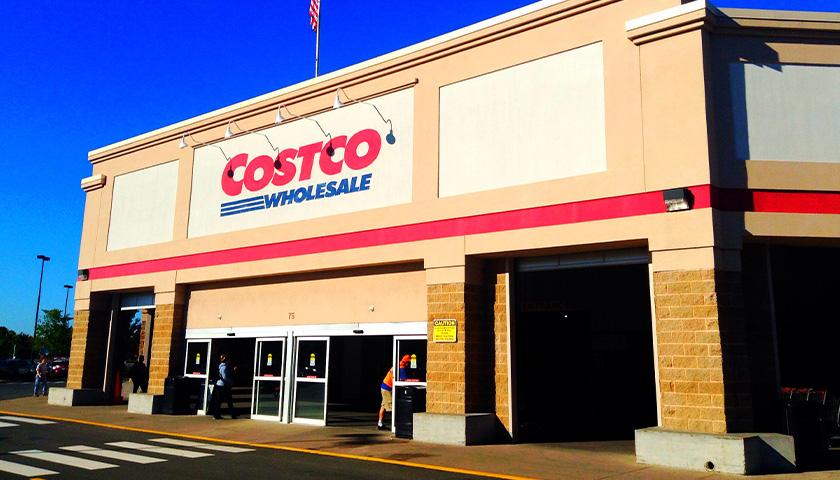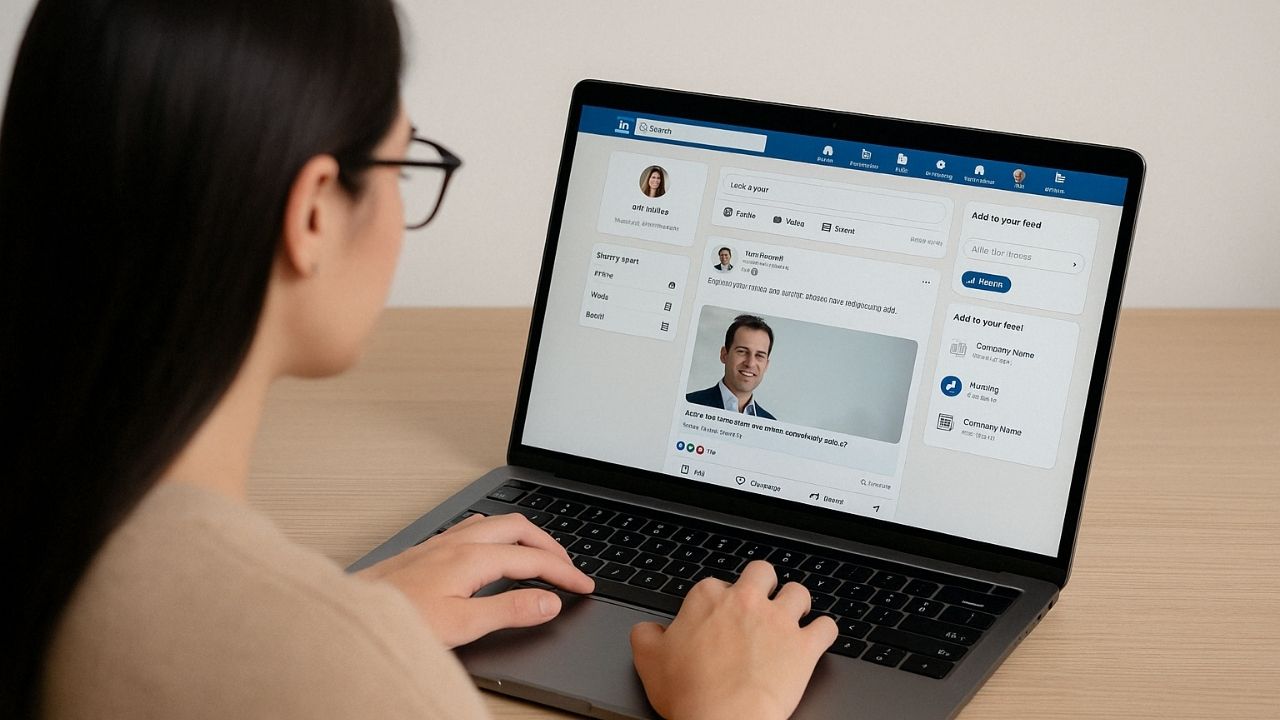The WSJ writes that Costco is raising prices from $60 to $65 for the first time in seven years. It got me thinking, should you raise your prices?
Here’s an 800-word blog post on how small business owners can raise prices, written in an active journalistic style with short sentences:
Raising Prices: A Small Business Owner’s Guide
Small business owners often struggle with pricing. Many fear losing customers if they increase rates. But raising prices is often necessary and beneficial. This guide explores why and how to do it effectively.
Why Raise Prices?
Inflation impacts all businesses. Costs for materials, labor, and overhead rise yearly. Without price increases, profit margins shrink.
Market changes also drive the need for higher prices. As industries evolve, the value of products and services can increase. Businesses should reflect this in their pricing.
Quality improvements justify price hikes too. If you’ve enhanced your offerings, customers should pay more.
Lastly, underpricing is common among small businesses. Many charge too little out of fear or lack of confidence. This leaves money on the table and can even make customers doubt your quality.
Signs It’s Time to Raise Prices
Watch for these indicators:
- Your costs have increased significantly.
- You’re consistently busier than you can handle.
- Competitors with similar quality charge more.
- You haven’t raised prices in over a year.
- Customers often comment on your low prices.
If several of these apply, it’s time to consider a price increase.
How to Raise Prices Effectively
Raising prices requires strategy. Follow these steps:
- Research Your Market
- Know your competition’s prices. Understand what customers are willing to pay. Use surveys or informal conversations to gauge this.
- Calculate Your Costs
- Determine your exact costs per product or service. Include materials, labor, overhead, and desired profit margin. This forms the basis for your new prices.
- Decide on the Increase Amount
Most businesses raise prices by 5-10% annually. Larger increases may be needed if you’ve held prices steady for years.
Consider a gradual approach. Small, frequent increases often meet less resistance than large, infrequent ones.
Plan Your Timing
Choose a time when business is strong. Avoid major holidays or slow seasons. Give customers advance notice when possible.
Communicate Effectively
Be transparent about the reasons for the increase. Focus on the value you provide, not just the higher cost.
Use positive language. Instead of “price increase,” try “adjusted rates” or “updated pricing.”
Inform existing customers personally when possible. A phone call or face-to-face meeting shows you value their business.
Improve Your Offering
If possible, add value when raising prices. Enhance your product or service. Offer a new feature or benefit. This helps justify the increase.
Be Prepared for Pushback
Some customers may complain. Have a plan to handle objections. Train your staff to explain the increase confidently.
Consider offering a loyalty discount to your best customers. This can help retain valuable business.
Be willing to lose some price-sensitive customers. Often, the increased revenue from higher prices outweighs the loss of a few clients.
Implement the New Prices
Once you’ve prepared, it’s time to act. Update all your pricing materials, including:
- Website
- Menus or price lists
- Invoicing software
- Employee training materials
Double-check everything for accuracy. Ensure all staff members understand and can explain the new pricing.
Monitor the Results
After implementing new prices, watch your sales closely. Look for:
- Changes in sales volume
- Customer feedback
- Impact on profits
Be prepared to make adjustments if needed. You may need to tweak your pricing strategy based on results.
Common Mistakes to Avoid
Don’t make these errors when raising prices:
- Apologizing excessively. This undermines your decision.
- Raising prices without improving value. Always strive to enhance your offering.
- Implementing increases inconsistently. Apply new prices fairly across all customers.
- Failing to inform your staff. Ensure everyone can explain the changes.
- Ignoring customer feedback. Listen and be willing to make adjustments.
Success Stories
Many small businesses thrive after raising prices. A local bakery doubled its prices over two years. They lost some customers but attracted a higher-end clientele. Their profits tripled.
A freelance graphic designer raised her rates by 50%. She lost a few clients but now works less and earns more. She attracts clients who value quality over bargains.
A lawn care service gradually increased prices by 20% over a year. They retained 90% of their customers and significantly boosted profits. The extra income allowed them to buy better equipment, further improving their service.
Conclusion
Raising prices is a crucial skill for small business owners. It maintains profitability, reflects true value, and can even enhance your brand’s perception.
Approach price increases strategically. Research, plan, and communicate effectively. Focus on the value you provide.
Remember, your prices reflect your worth. Don’t be afraid to charge what you’re truly worth. With the right approach, you can raise prices successfully, boosting your bottom line and your business’s long-term health.
Related articles:











